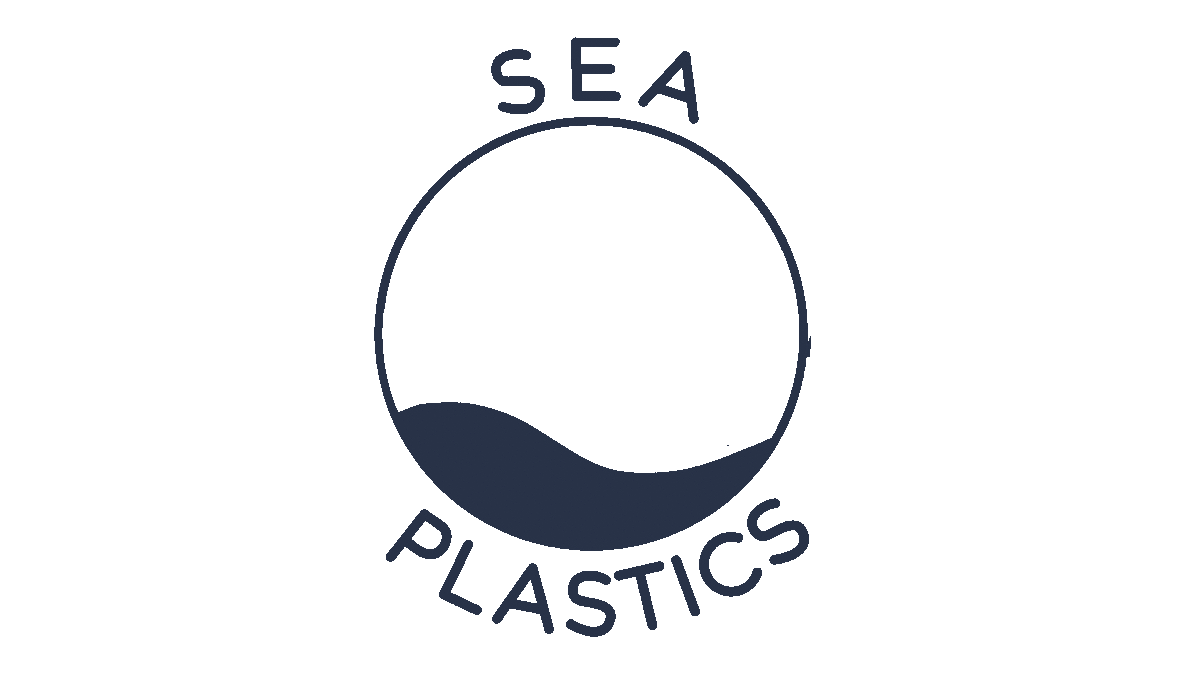L'expédition scientifique 2020
Une étude sur les effets du confinement sur la répartition des microplastiques sur les côtes françaises.
Une campagne océanographique à la voile devait être menée tout au long de l'itinéraire de l'expédition 2020 sur les côtes françaises, espagnoles et les Baléares afin d'étudier l'impact du courant Nord Méditerranéen sur la pollution microplastique marine. En collaboration avec notre partenaire scientifique 2020, le laboratoire de Recherche Consolidé en Géosciences Marines de l'Université de Barcelone, nous avons fait évoluer la problématique pour profiter de l'opportunité que représente le confinement pour la science. Le but est d'analyser si le confinement, et donc la diminution du tourisme balnéaire et de l'activité industrielle pourrait avoir un effet significatif sur le taux de microplastiques côtiers. Notre zone d'étude se retreint désormais aux côtes françaises. Chaque point de prélèvement représente un degré d'anthropisation différent.

Ce tour sera réalisé 3 fois pour quantifier l’évolution de la pollution avec la reprise de l’activité
Les échantillons seront collectés tous les matins, et une première analyse aura lieu sur le voilier afin d'obtenir des données sur la concentration en microplastique en temps reél.
Phase 1: Echantillonnage des microplastiques
En surface
L'échantillonnage des microplastiques en surface est réalisé à l'aide d'un filet Manta (maille 125 μm) tiré derrière le bateau pendant 15 minutes à une vitesse de 2 nœuds. Un courantomètre attaché au filet nous permettra de connaître la quantité d'eau filtrée par le filet. Les microplastiques récupérés mesurent entre 125 μm et 5 mm.
Dans la colonne d'eau
Le protocole d'utilisation du filet fermant WP2 a été validé par les expéditions océanographiques 2017, 2018 et 2019. L'expédition 2020 reprend ce protocole pour échantillonner le microplastique entre 30 m et 80 m de profondeur.
Les microplastiques récupérés mesurent entre 100 μm et 5 mm.
Phase 2: Analyse à bord du voilier

1
Après rinçage des filets et passage du contenu dans un tamis de 125 μm, les échantillons de microplastiques seront conservés dans des bouteilles en verre, le temps de rentrer à quai.
3

Scan de l'échantillon dans un boîte de Pétri en verre et analyse à l'aide du logiciel ImageJ.

2
Tri sous loupe binoculaire des micro-particules de plastique.
4

Extraction des données sur chaque microplastique d'un échantillon.
Informations obtenues : taille, circularité, couleur, dénombrement.
Phase 3: Analyses complémentaires

Les échantillons, une fois triés, seront analysés grâce à la spectrométrie infrarouge, pour déterminer la nature du polymère, et obtenir un indice sur leurs origines.
Ce jeu de données (concentration en microplastiques, natures, lieux et dates du prélèvement) sera alors analysé à lumière des données environnementales modélisées fournies par notre partenaire Mercator Océans

.png)
